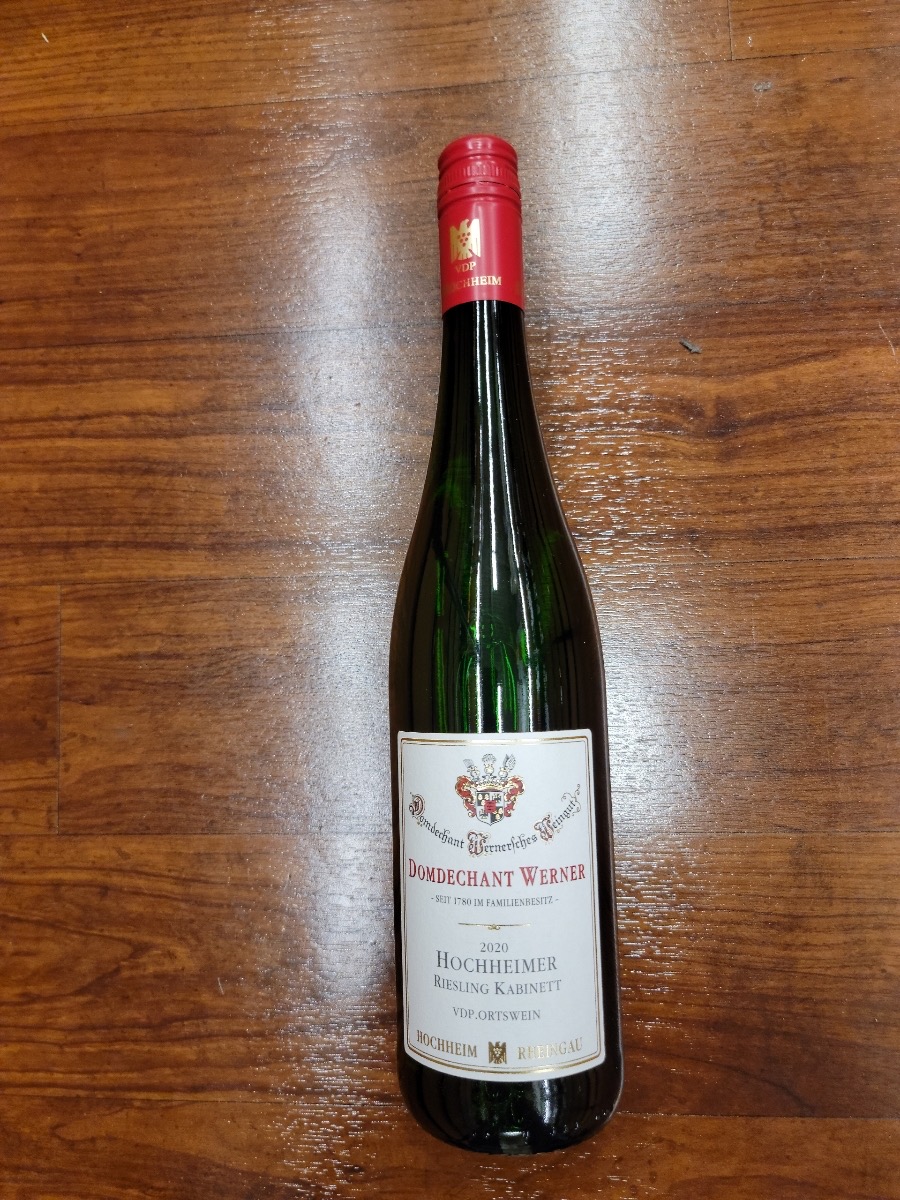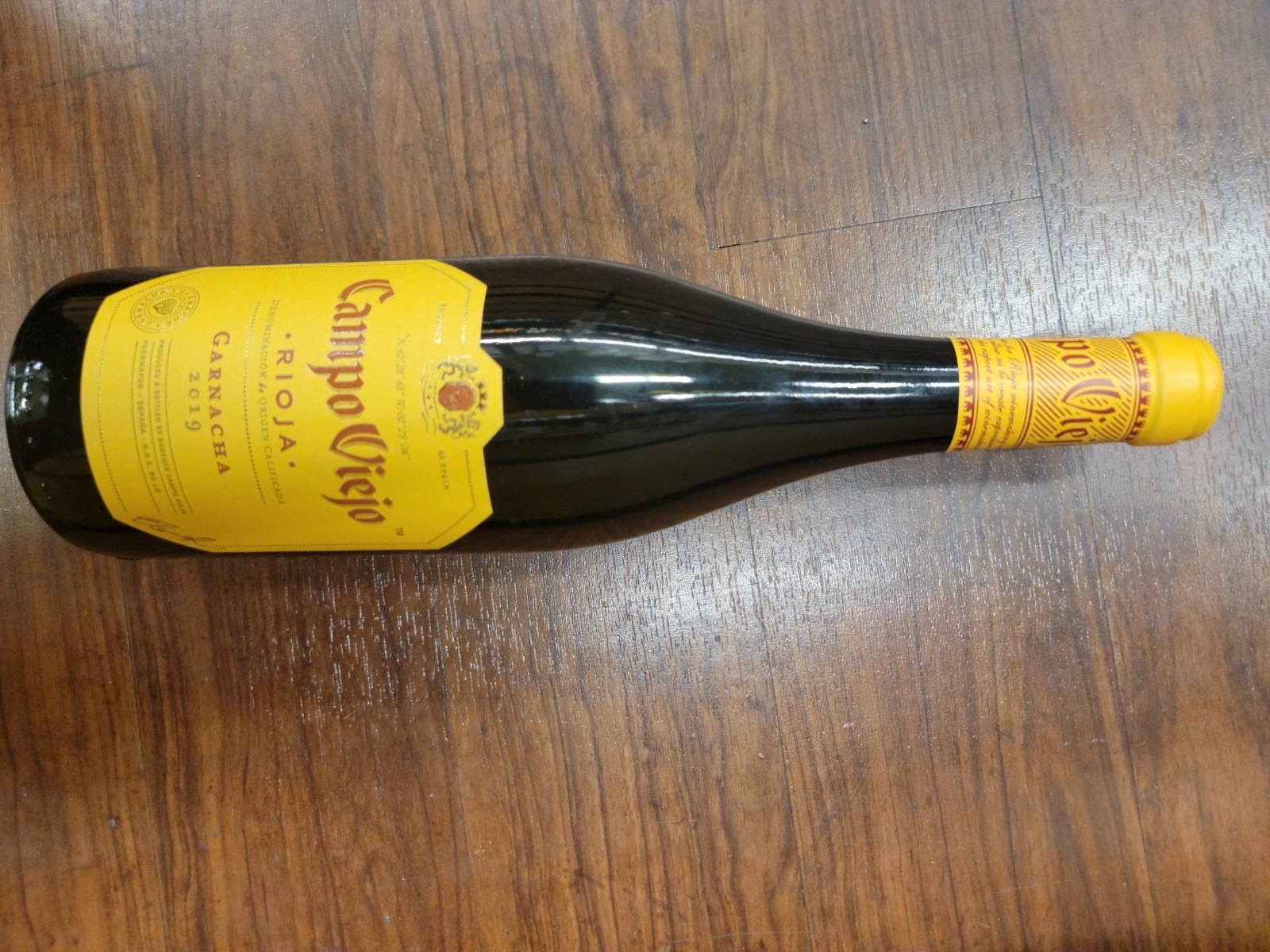
DINING WITH ASIAN FOOD AND WINE
DINING WITH ASIAN FOOD AND WINE…a Few Thoughts on Matching
Part I
By
Ronald G. Jan, M.D.
What a wonderful array of foods—colors and aromas and flavors…truly a feast to behold! But what kind of wine can we serve with this variety of different flavors seen in Asian foods?[Photo of Banquet of Chinese Food from SCMP Picures]
The concept of pairing foods with wines is an extension of attempting to attain the best balance possible between different flavors (sweet, sour, bitter, salty, umami, fat, and spicy hot chili.aka piquant). Such balance between the food and wine has the best chance of maximizing the hedonistic senses.
Because Asian foods (especially Chinese foods) are often presented all at the same time with multiple flavors, there is an excellent chance of meeting all the above-mentioned flavors. But for each individual with different sensitivities and different preferences, different flavors may need enhancement or subduing (often by presenting other flavor/aroma elements in a wine) to suit the individual’s taste.
As seen on previous articles in wechineseus.com, the flavors that dominate the particular dish often come from the sauce (e.g., Hoi Sin Sauce for Peking Duck, Special Fish Sauce for dipping the Vietnamese roll, Seafood Sauce for dipping Thai Pork Belly or Pork Shoulder Strips) The dominant aromas / flavors in each dish come either from the principal ingredients or the sauce. Many times, you will want to balance the wine with the aromas / flavors of the sauce rather than the main ingredient itself. Of course, this is your call.
The following are a few suggestions focusing on dominant food flavors/aromas that might be modified by wines. These options will either enhance or balance with other flavors and are just a few tips based on some general principles. These tips are NOT rules but merely gentle guidelines. The key is that you should always drink the wine that you like with the foods that you like.
To Offset or Balance against:
If the food’s dominant flavor/aroma is ….
- Sour (e.g., Cantonese Sheen Choy), consider balancing the flavors/aromas with a wine with some sweetness
- Sweet (e.g., Cantonese Doh Sah Bow or Jin Dui), consider balancing the flavors/aromas with a wine with acid and sweetness
- Salt (e.g., Soy Sauce Chicken or Salted fish with minced pork), consider balancing the flavors/ aromas with a wine with acid, sweetness, & fruitiness
- Bitter (e.g., Bitter Melon) consider balancing with the flavors/aromas with a wine with sweetness and acid
- Savory/Umami (e.g., Abalone with Mushrooms), consider balancing with the flavors/aromas of a wine with acid and berry fruit flavors
- Fat/ Richness (e.g., Pork Belly) consider balancing with a wine with acid, tannin, and sweetnes
- Spicy Hot/ Chili / Piquant (e.g., Yeung Laht Zhu or Sichuan peppercorns) consider balancing with flavors/aromas with a wine with sweetness, fruit, acid
Most of these suggested wine pairings were designed to complement the food tastes with other flavors/aromas. But if you wish to magnify or enhance certain flavors in the food, consider…
To Magnify or Enhance
Sweetness in the food
Consider serving a less sweet wine but with acid will magnify or enhance sweetness in the food while adding freshness
Sour flavors in the food
Consider serving a less acidic wine but one with fruit which will magnify sour flavors in the food,
Saltiness, Bitterness, Spicy Hot Flavors in the food
Consider serving a wine high in alcohol which will magnify or enhance saltiness or bitterness or spicy hot flavors
Bitterness in the food
Consider serving a wine high in tannin which will magnify or enhance bitterness
Umami Flavors in the food
Consider serving an older red wine with earthy or leathery notes will magnify Umami flavor in the food.
Fat/Richness
Consider serving a wine with malo-lactic acid fermentation
Depending on whether your desire is to enhance or magnify the particular aromas/flavors of the food or to balance the particular part of the food by presenting other flavors/aromas present in the wine, you can choose the wine to fit the meal.
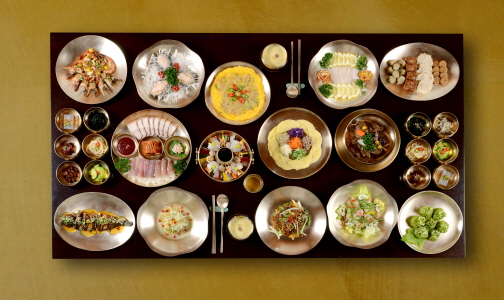
[Photo of Banquet of Korean Food from My Korean Trip in Korean Life Style & Culture]
When many dishes are presented all at one time you may decide that some dishes are better eaten with a beverage (coffee, tea, whiskey, beer, soft drinks, milk, or wine) while other dishes may be better without any beverage. Some dishes may have a myriad of flavors while other dishes may have only one or two flavors. Texture of the food may also play a role—chewy foods may beg for a beverage, and soups may present flavors that do better as “stand-alone” without any beverage.
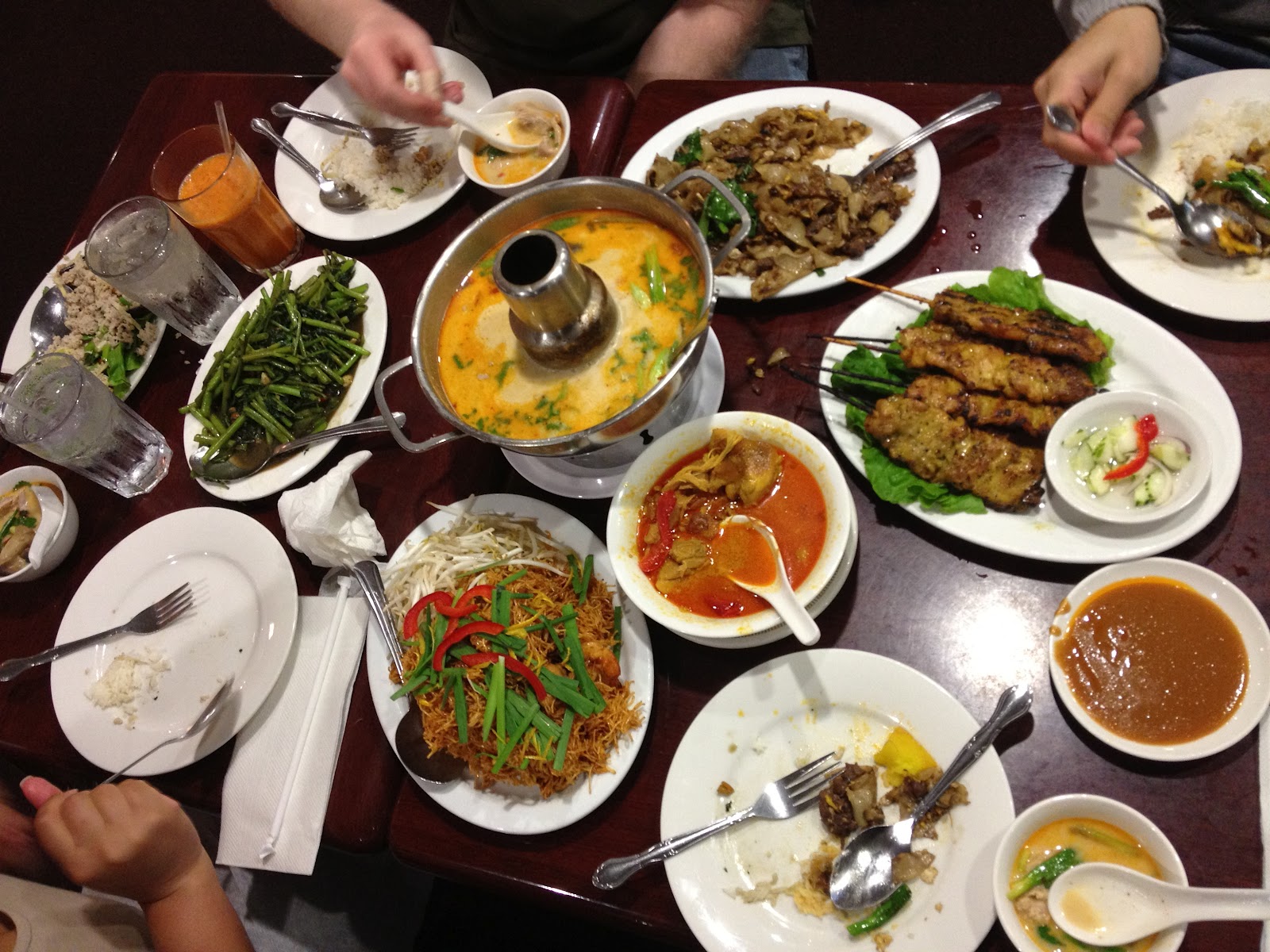
[Photo of Banquet of Thai Food from elmomonster.blog.spot.com]
For Asian food different dishes could be served in stages according to the wine pairings of preference…this may be a very difficult task especially with the variety of flavors/aromas seen in Chinese food. Unlike Western foods Asian food is not served in stages or courses but rather often served all at the same time (*note: soup is served in the beginning in Guangdong Province but at the end of the meal in Beijing.) alternatively, you may want to present 2 bottles of different wines and allow the diners to select for themselves which wine to pair with which of the foods to accommodate the different flavors/aromas and the different food preferences.
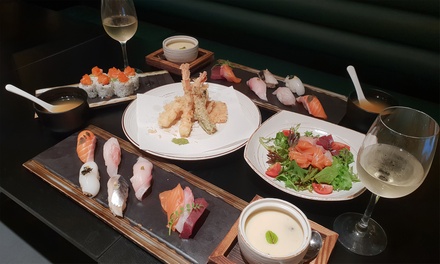
[Photo of Banquet of Japanese Food from Deals Extra]
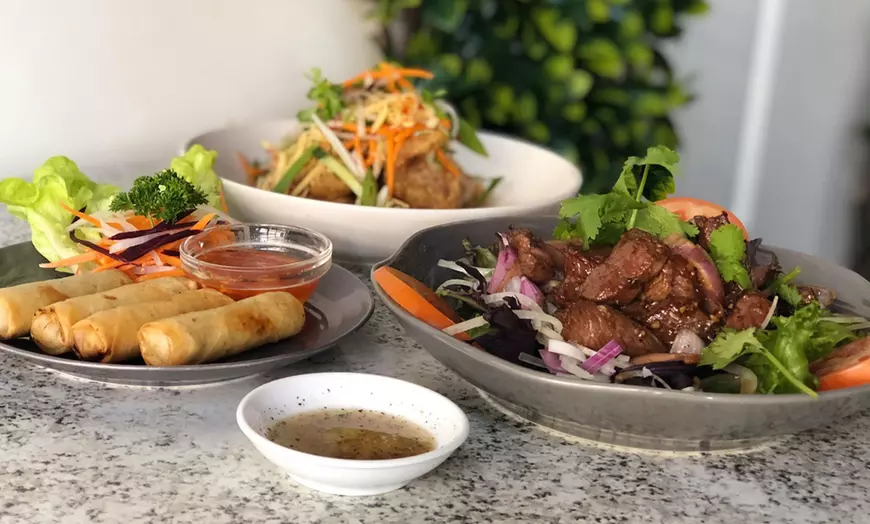
[Photo of Banquet of Vietnamese Food from Groupon.com.au]
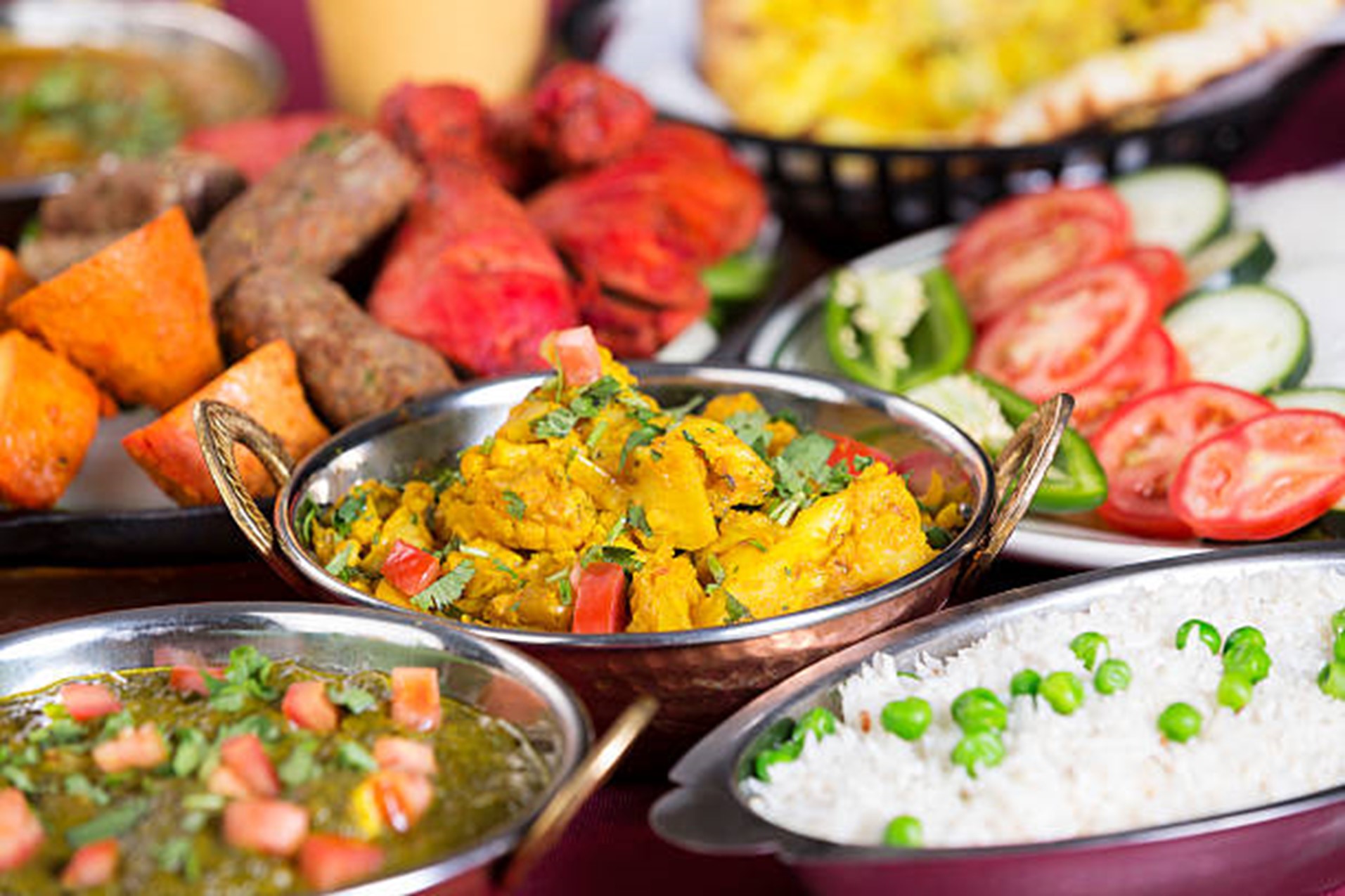
[Photo of Banquet of India Food from Scoopon]
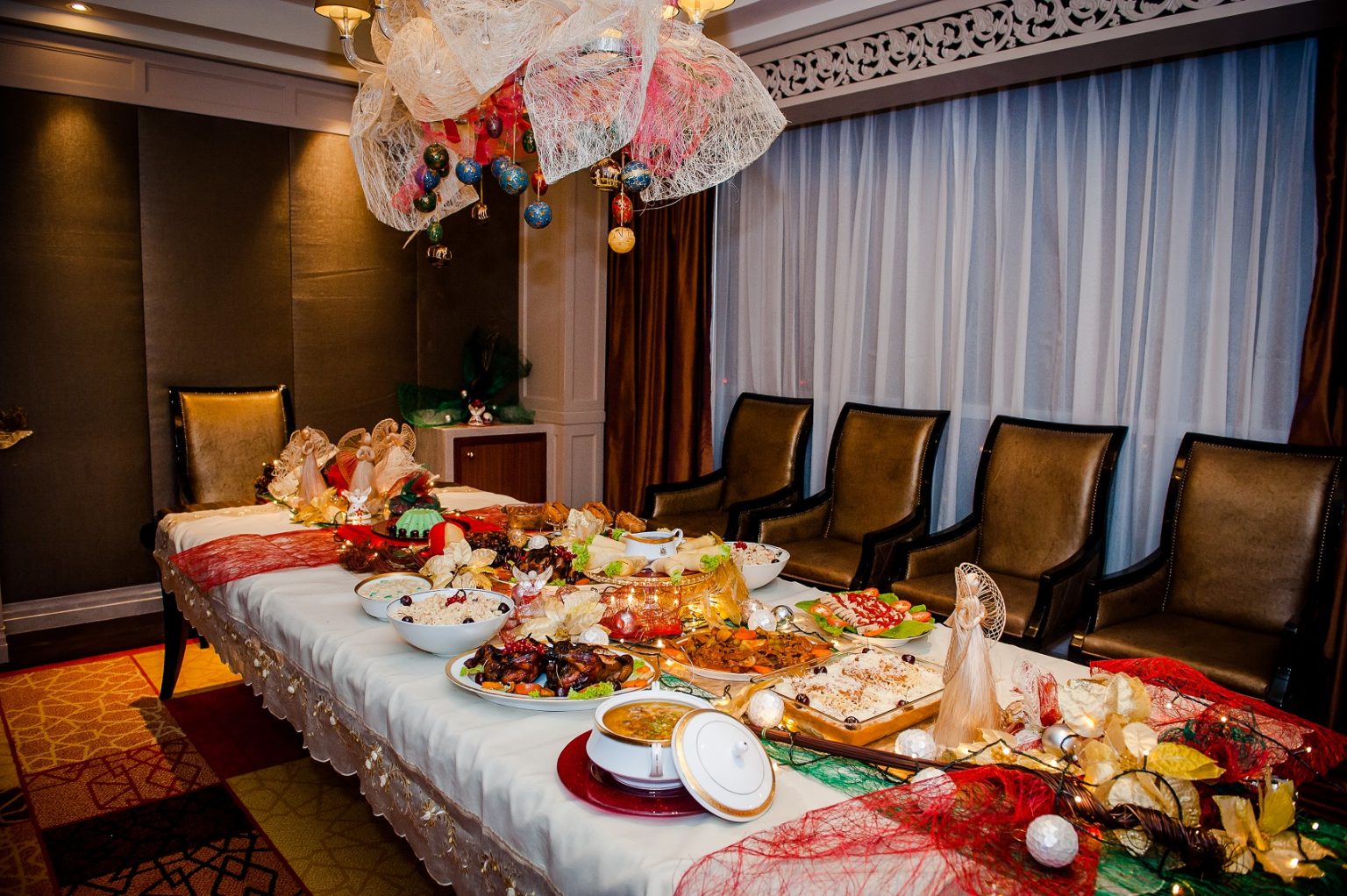
[Photo of Banquet of Filipino Food from filipinotimes.net]
If after reading this article there is still confusion and simply want to know where to begin with pairing wines with Asian foods, it is always safe to pair with a Riesling, Pinot Noir, or Grenache (aka Garnacha). And do not forget sparkling wines (e.g., Champagne or Cremant from France, Prosecco from Italy, Sekt from Germany, and Cava from Spain) and Rose’s from everywhere— often these wines have high acids and match well with Asian foods. But please remember that it is always a good idea to drink the wine that you like with the food that you like.
2020 Domdechant Werner Kabinett [German Riesling] (Photo Courtesy of Ronald Jan, M.D.)
2018 FIXIN [French Burgundy] (Photo Courtesy of Ronald Jan, M.D.)
2019 Campo Viejo Garnacha [Spanish Garnacha] (Photo Courtesy of Ronald Jan, M.D.)
Note that many of these grape varieties in different styles can be found in wines all over the world including the U.S., Chile, Argentina, and the U.K. as well as in Europe.
The next article (Part II) will feature examples to illustrate the above pairings (by balance against or by enhancing certain aromas / flavors). The next article (Part II) will be posted on Friday, May 13, 2022 on www.wechineseus.com
Special Notes:
*Many thanks for help in preparation of this article go to…Bill and Roseanne Chamberlain, Keith Fergel, and Ashley Ullrich.
** Inspired by Harvey Steiman in “Wines for Asian Flavors” in May 31, 2018, issue of Wine Spectator
About the author: Dr. Ronald G. Jan who specializes in Vascular Surgery is a Clinical Professor of Surgery at the University of California at Davis School of Medicine. As a hobby, he holds WSET level 3 certification in wines and has been writing and publishing wine commentaries.
This website has a free subscription function, please enter your email address and name (any nickname) in the upper right corner of the page. After subscribing, you can receive timely updates of the website. I hope that new and old readers will actively subscribe, so that we have the opportunity to provide you with better services
Please click: Home (wechineseus.com) for more news and content on this website
Follow The Chinese Media's Twitter account: https://twitter.com/wechineseinus
Follow The Chinese Media's Facebook account: https://www.facebook.com/wechineseinamerica/




